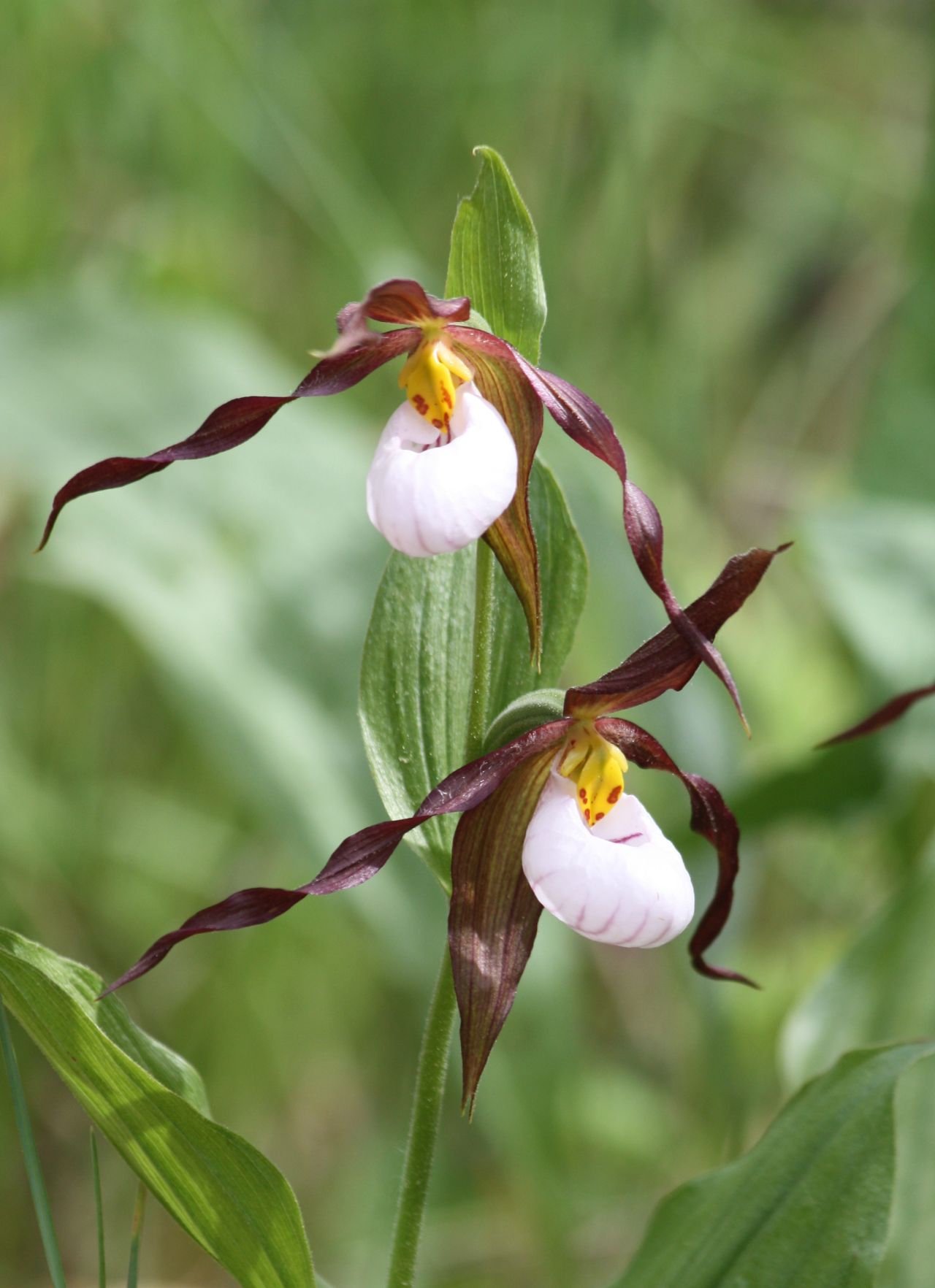Bee-Mediated pollen transfer in two populations of Cypripedium montanum Douglas ex Lindley
DOI:
https://doi.org/10.26786/1920-7603(2014)17Abstract
The conversion rate of flowering into fruiting stems in C. montanum at two sites over four seasons was 52-85%. This is high for insect-pollinated, food mimics in this genus and greater than fruit sets recorded in populations of four species native to China and two species native to North America. Comparative measurements of the trap-like labellum of C. montanum showed it was intermediate in size compared to measurements of six other Cypripedium spp. found in North America and China. While visitors to flowers of C. montanum represented three insect orders, at two sites, over four seasons only small- to medium-sized, solitary bees (5-10 mm in length) carried the pollen massulae. Bee-visitation occurred at both sites and began within 24-48 hours following labellum expansion. Female bees in the genus Lasioglossum (Halictidae) were the most common carriers of massulae. However, species of visiting bees differed between sites and years. At both sites the majority of bees entered and escaped from the labellum in less than 180 seconds and there was no significant difference between the times bees spent in the flowers at both sites. At the site on the Eastside Cascades of Central Oregon, there was no correlation between the length and width of a bee and the time it spent escaping from the basal openings. There was no correlation between bee size and whether the bee carried massulae. Depending on site and year 41-58% of the bees exiting the orchids carried the orchid’s pollen. Depending on site and year 75-100% of bees collected exiting the orchids via the basal openings also carried the pollen of at least one other co-blooming species.

Downloads
Published
How to Cite
Issue
Section
License
Copyright (c) 2014 Peter Bernhardt, Retha Edens-Meier, Eric Westhus, Nan Vance

This work is licensed under a Creative Commons Attribution 4.0 International License.











